Through-Line: Drawing and Weaving by 19 Artists
Steve Turner, Los Angeles // July 21 – August 25, 2018
“I deliberately pursue artists from different orbits. It is very easy to only choose artists from one scene or community. I prefer to broaden everyone’s world.”
– Steve Turner, Founder and Director of Steve Turner Gallery
Truly, the current exhibition Through-Line: Drawing and Weaving by 19 Artists at Steve Turner Gallery reflects the words in the quote above. With 19 artistic practices weaved together throughout three rooms, this mind-broadening show doesn’t fall short of this vision. In this interview, Steve Turner gives insights into the exhibition and how it came into being. On view until August 25th. Go get broadened your world!
Steve, congratulations on your recently opened exhibition Through-Line: Drawing and Weaving by 19 Artists. Can you tell us about it? What can visitors expect to see, and how did the show come into being?
Visitors can expect to see works spread out throughout the gallery’s three rooms. We even built new walls especially for this exhibition to maintain a restrained hanging and to highlight affinities between certain works. Through-Line came about during a very active period of studio visits (2017-18) in Los Angeles and New York. I noticed that many painters, sculptors and video artists were incorporating drawing into their studio practices. At the same time, I noticed an increase in the number of artists who were weaving or were otherwise using fiber to create textile works. The use of the line was common within both trends and I decided to combine them in Through-Line.

19 artists in a three-room gallery exhibition seems like the manifestation of diversity, presenting opposites such as abstract minimalism and figurative cartoon-filled drawings, small and big canvases as well as monochrome geometry and colorful splashes side by side. How do the artistic practices complement each other?
The reliance on skill to build imagery line by line is common to all the works. It is interesting to note that in spite of the diversity, there are no outlier works. Every work has some synchronicity with at least a few other works. For example, Hannah Epstein’s large hooked textile, Big Blue Bunny relates very well to many works: Camilo Restrepo’s large cartoon-filled drawing; Kyle Goldbach’s weaving made from a discarded vinyl billboard; Diedrick Brackens’ colorful weaving; Claire Milbrath’s group of colorful drawings and Laylah Ali’s mostly black and white drawing.

How did you choose which artists to include in the show? Did they already know each other? Can you tell us about the dynamic between the artists and their practices?
lt just evolved incrementally from the many studio visits I was doing. I wanted to present work by some gallery artists (Joaquin Boz, Diedrick Brackens, Hannah Epstein, Claire Milbrath and Camilo Restrepo) alongside new artists, hoping that some of the new artists might later get solo shows or become gallery artists. Of the new artists in Through-Line, Laylah Ali, Jamie Felton and Kyle Goldbach all have upcoming solo exhibitions. But above all, the works in Through-Line were selected because they hang well together. That is what makes for a successful exhibition. Some of the artists knew each other previously, but most did not. I deliberately pursue artists from different orbits. It is very easy to only choose artists from one scene or community. I prefer to broaden everyone’s world.
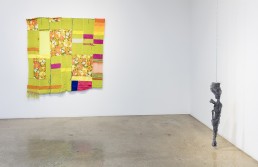
Can you give us some insight into this collaboration with 19 artists featured in one single exhibition?
It required great communication between my team and the artists with lots of planning and coordination. With good organizational systems in place, it is fairly easy. It is also worth mentioning that we have a lot of experience with complicated exhibitions. For example, our Pope.L exhibition in 2015 and Desert Now with Julius von Bismarck, Julian Charrière and Felix Kiessling in 2016 were far more complex.
As reflected in the title, the exhibition focuses on works based on drawing, weaving and other textile-based techniques. Why did you choose to explore this particular field of interest as a focus for the exhibition?
I thought that either drawing or textile alone would be too predictable. In combining the two, something more exciting is revealed. Works that seem disparate at first glance have much in common. The textiles of Altoon Sultan and the drawings of Ekta Aggarwal illustrate this point.
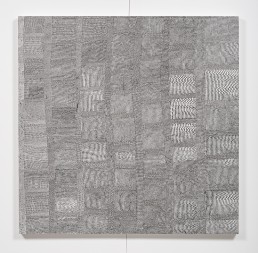
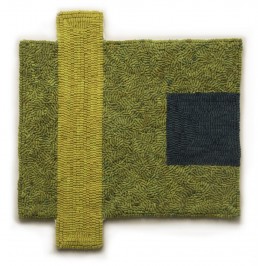
Today, the realm of digital art is expanding, as is the number of artists who take on the role of a mastermind of a vision more than that of a craftsman. Do you see the exhibition as a reflection of a tendency or counter-reaction among artists to go back to a hands-on, intimate process?
I most definitely see the latter. There are a great many artists who are developing practices that rely on well-honed skills. I see many more ceramic and textile artists who are working to better understand the possibilities of those media. I also see painters who are working to better understand all of the possibilities that they have.
The exhibition opened its doors open on July 21st, inviting locals and tourists alike to take a break from the Los Angeles’ summer sun. How have people responded to the exhibition so far?
Summer in Los Angeles is a great time for us. We always present something ambitious because we get a lot of visitors who are vacationing in our beautiful city. The reaction so far has been fabulous. A review of the exhibition will soon be published in the Los Angeles Times. We had a packed opening and works are selling. So far, we have sold works by Diedrick Brackens, Hannah Epstein, Kyle Goldbach, Claire Milbrath and Kyung Me, and we have interest in many others. With the exhibition on view until August 25th, we are hopeful for many other great interactions.
So do we, Steve. Thanks for sharing your thoughts!
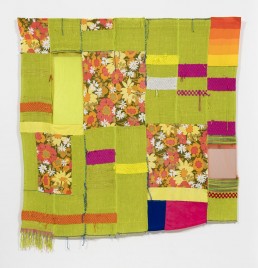
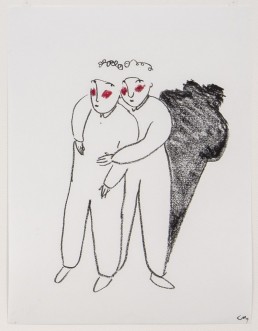
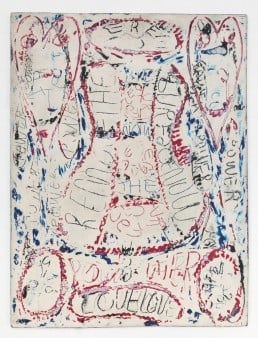
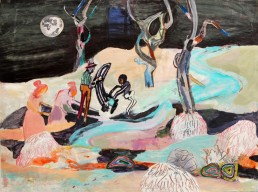
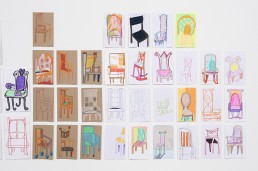
More information
Website: Steve Turner
Instagram: @steveturnerla
Email: info@steveturner.la
Address: 6830 Santa Monica Blvd. Los Angeles CA 90038
Hours: Tuesday–Saturday, 11am–6pm, or by appointment
Steve Turner will attend Code Art Fair, taking place in Copenhagen August 30 – September 2, 2018.
Get your free copy of Artland Magazine
More than 60 pages interviews with insightful collectors.